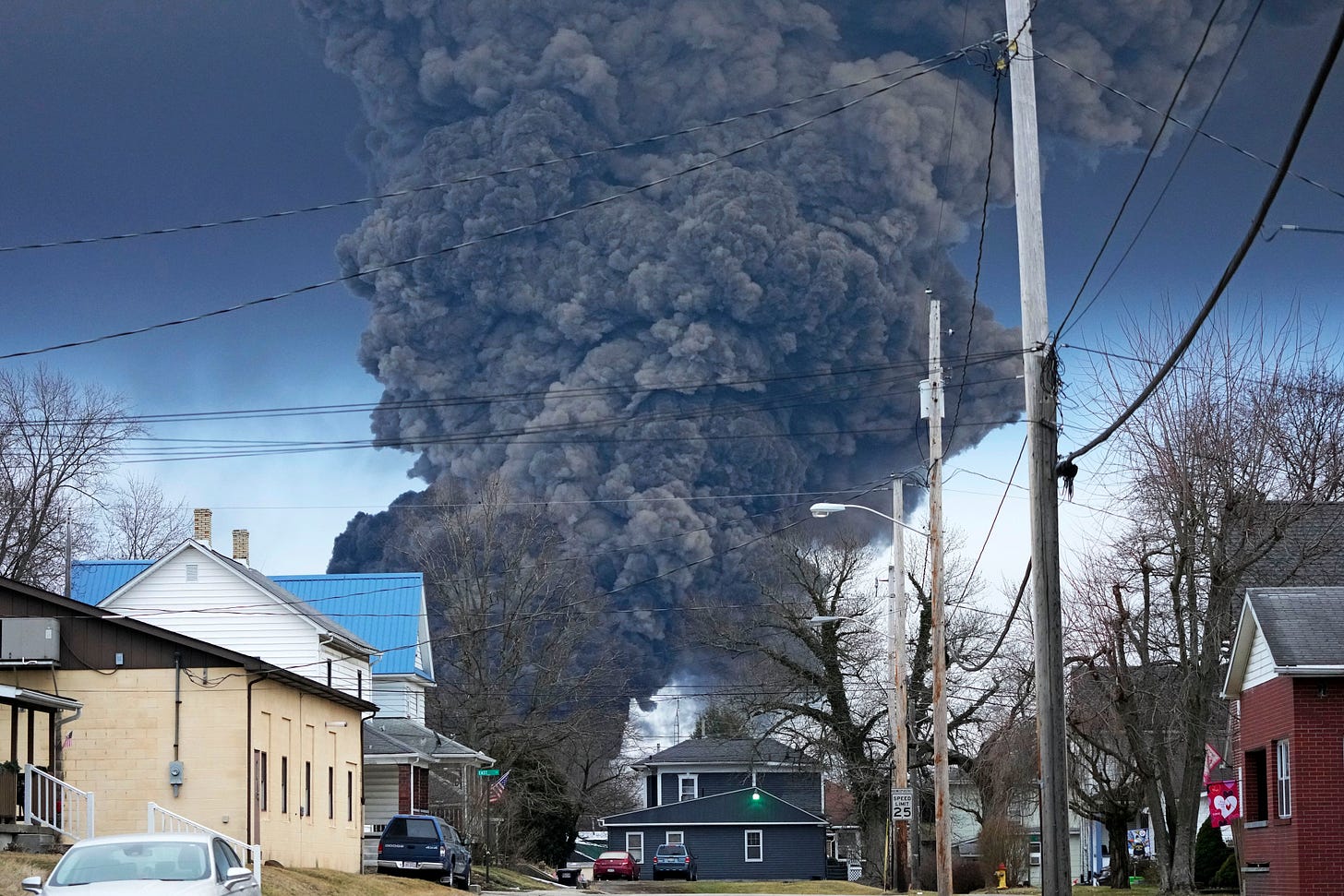A chemical disaster occurred almost every day in 2023
Petrochemical incidents aren't always as visible as the East Palestine train derailment, but at least 322 happened last year.

Climate policy obstructionists love to evangelize about the benefits of petrochemicals.
Last year, in commercials and Congressional h…

